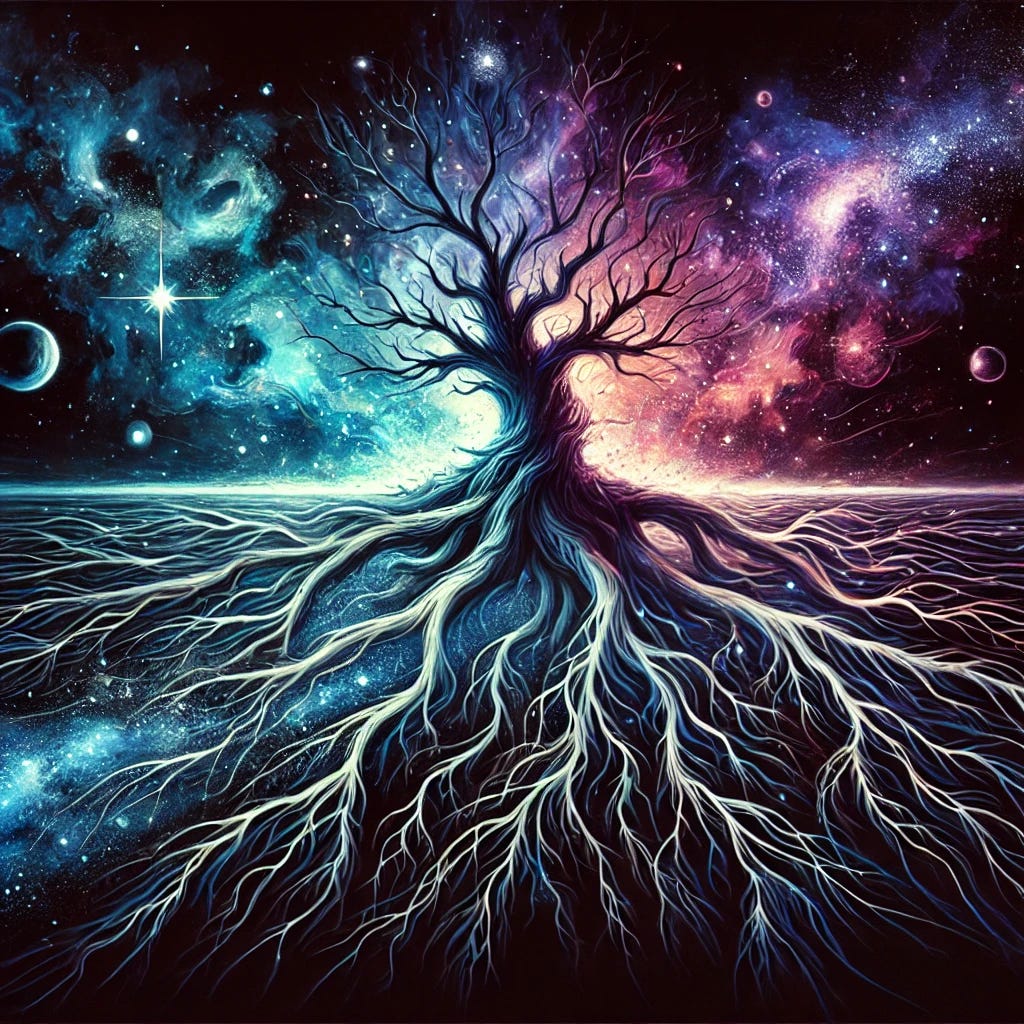Imagine you’re a plant. You’re stuck here on the ground, and there are only a few things you really need to make life awesome.
You need to soak up some rays from the Sun, to be sure. Light is a form of energy, and plants hold the keys to unlock this hidden power with a process called photosynthesis (the word literally means combining light).
You also need water, of course. For one thing, you can’t photosynthesize without water, and for another, water carries nutrients all around plants.
You need air for photosynthesis too, since carbon dioxide is needed to turn light into energy.
Sun, water, and air is very nearly everything you need, but to really have a good time as a plant, you need to be anchored somewhere. Life as a vagrant plant isn’t all it’s cracked up to be, and other non-plant life forms generally have a much better time with being perpetually on the move.
Moss spores, for instance, benefit from being untethered to any particular surrounding by playing the numbers game. Each square meter of moss releases trillions of spores each year.
Plants, by contrast, really like to be in one place for as long as possible. I’m using the word "like” to anthropomorphize them, and it’s not like this is a conscious strategy employed by Team Plant or something. Instead, what I mean is that they thrive and reproduce best whenever they stay in one place for their whole lifetimes. Incidentally, I do not recommend playing a game where you drink every time I anthropomorphize plants or evolution today.
I mentioned moss, that wild card of an organism that literally blows in the wind sometimes. Moss does things its own way, but the strategy (there’s that anthropomorphic view creeping in again) that plants employ involves a deep and rigidly structured foundation.
This keeps the wind or water from easily uprooting them, ripping them out of the ground and then turning them into wannabe moss spores. Some roots are apt to stay in the ground even against a curious animal who wants to get at them, and that can even include humans.
As an anchor, roots are fantastically effective, but that’s not their only purpose. Roots also absorb minerals from the soil, then transport them up to the rest of the plant. As a result, they can sometimes store food for tougher times, and that’s why we can eat carrots and sweet potatoes and such.
Like our gut biome, roots use microbes in a symbiotic way to aid both the plant and the microorganisms involved.
If you look around in the world, plants thrive nearly everywhere. When I drive along boring, repetitive highways, I can often break the monotony by remembering that the world was not always like this.
The first plants on land weren’t rooted, but that’s not really their fault: roots hadn’t been invented yet (and there we go again!). This meant that nearly all plants were limited to environments with a lot of water at-the-ready. These were moist environments like swamps, or coastal inlets.
The planet was also very rocky. Those early plants helped to break these rocks down into soil, ultimately providing a substrate for many times more organisms to use.
This was a bit like dominos falling, where plants got a better foothold (sorry!) on the land, which pumped oxygen into the atmosphere over hundreds of millions of years.
As the forests, jungles, and other flora started to cover the surface of the planet, the ecological systems all continued to evolve. Some animals could now breathe on land, and some eventually walked upright, causing even more rapid ecological evolution.
None of this would have been possible without roots.




"...but to really have a good time as a plant, you need to be anchored somewhere."
Tumbleweed: Hold my beer!
(Yes, technically tumbleweed is just the top of a plant that leaves the root behind, but also shut up!)
I believe roots also give nutrients back to the soil after they decompose